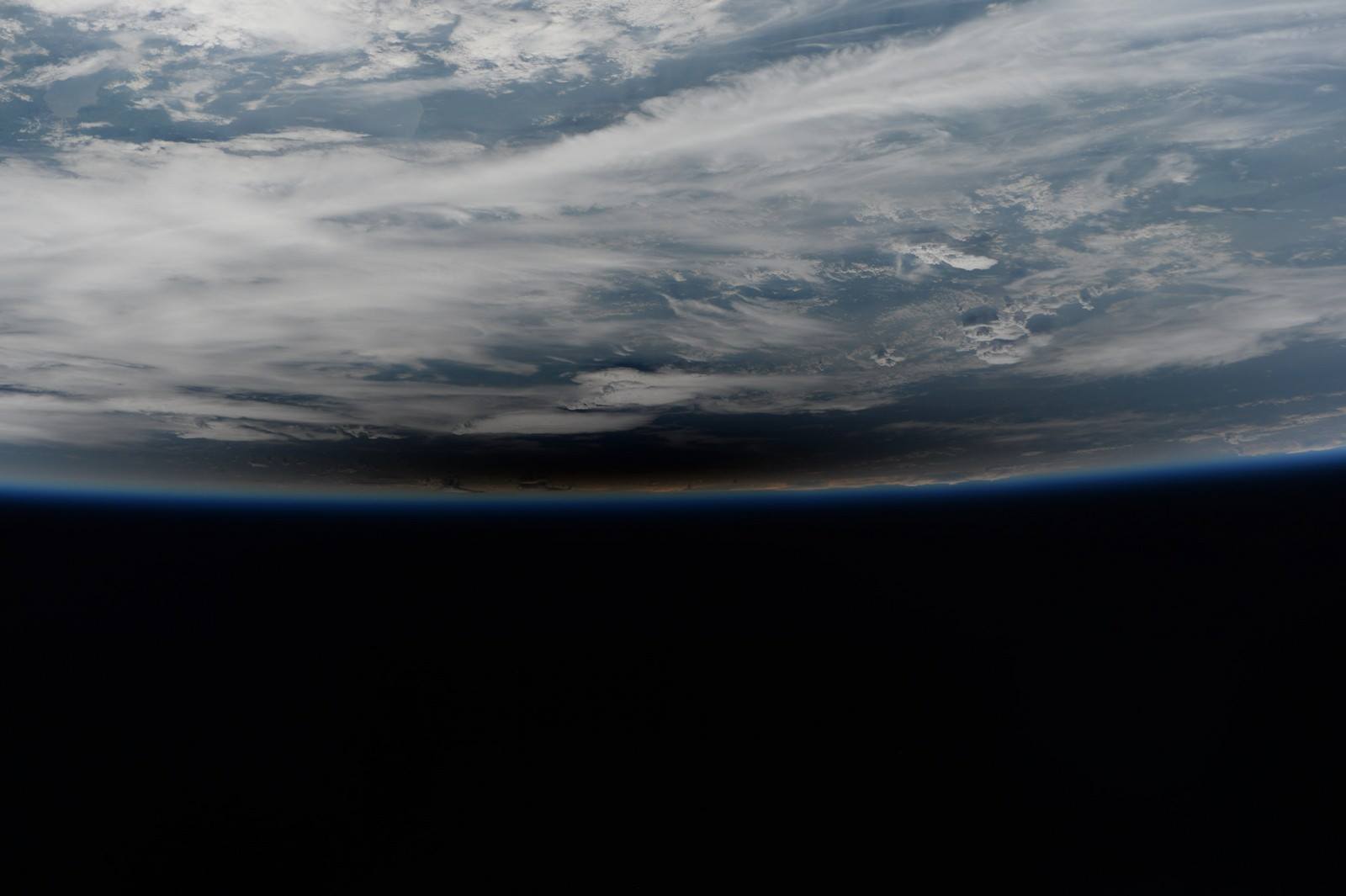In this nice video musing about (among other things) the US Naval Observatory's $3,500 expedition to Baker City or at least Baker County Oregon to observe the June 18, 1918 solar eclipse, there is also one of the photos of a penumbral shadow taken by the Expedition 12 crew during the March 29, 2006 solar eclipse.
Have there been others? One additional example would be sufficient for an answer. I'm curious how many different solar eclipse penumbral shadows on the Earth have been photographed by people from space, but one more is good enough for this question. Thanks!
below: Screenshot from the video, photo credits available at the end.




